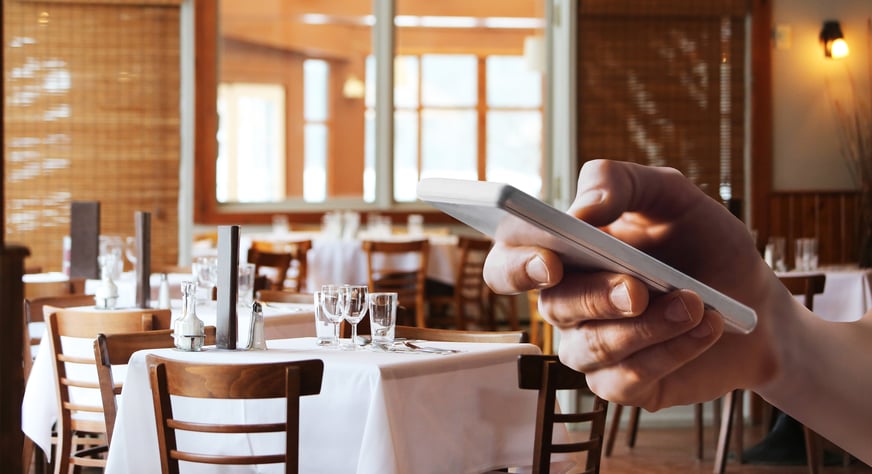IoT in Restaurants – Low-Hanging Fruit for the Picking


Most restaurant chains view the Internet of Things (IoT) with a mix of excitement and trepidation – excitement at the wide range of potential benefits, and trepidation at the possibility of falling behind competitors.
One way to ease the anxiety is to remove the shroud of mystery. Rather than view the IoT as a vaguely defined future state, consider how connected, intelligent devices can be deployed today to help restaurants manage costs, prepare food and enhance customer relationships. Another key is to define an IoT strategy based on deployable capabilities, baby steps and tactical initiatives tied to a long-term goal.
In that pragmatic context, consider the possibilities. IoT-enabled fryers can use smart sensors to maintain an optimal oil temperature and help cooks determine when french fries are perfectly done, as well as aid compliance with safety and hygiene standards by alerting managers when oil should be filtered or changed. IoT can dramatically improve management of perishables – smart fridges can alert kitchen staff when ingredients are nearing expiration and when they need to be replenished. And via analytics from Point of Sale systems and historical data (such as the number of avocado burgers ordered in a given month), a smart fridge can quantify with precision the volumes of meats, fruits and vegetables to buy.
Energy savings through IoT are a massive opportunity. There’s the obvious application of sensors to monitor and adjust heating and air conditioning systems. A more subtle example is refrigerators and freezers that track the volumes of incoming orders in real time to direct kitchen staff to get specific products in precise amounts, thereby minimizing energy loss from thermal transfer.
IoT also takes customer insight to a new level. Strategically placed beacons can monitor foot traffic and the number of devices in proximity to the restaurant, and automatically trigger the sending of promotions to existing customers to encourage them to go in.
From this perspective of incremental progress rather than grand strategy, the implementation of IoT tools can be a manageable and measurable undertaking that yields demonstrable ROI. By virtue of the IoT’s inherent ‘system of systems’ architecture, initial deployments that establish a foundation of interconnectivity can be extended and expanded to drive increasingly sophisticated capabilities. And as manufacturers jump on the bandwagon, bringing more and more intelligent and connected devices to market, restaurants will have access to a fabric of intelligence that can deliver an edge in the unrelentingly competitive restaurant arena.


